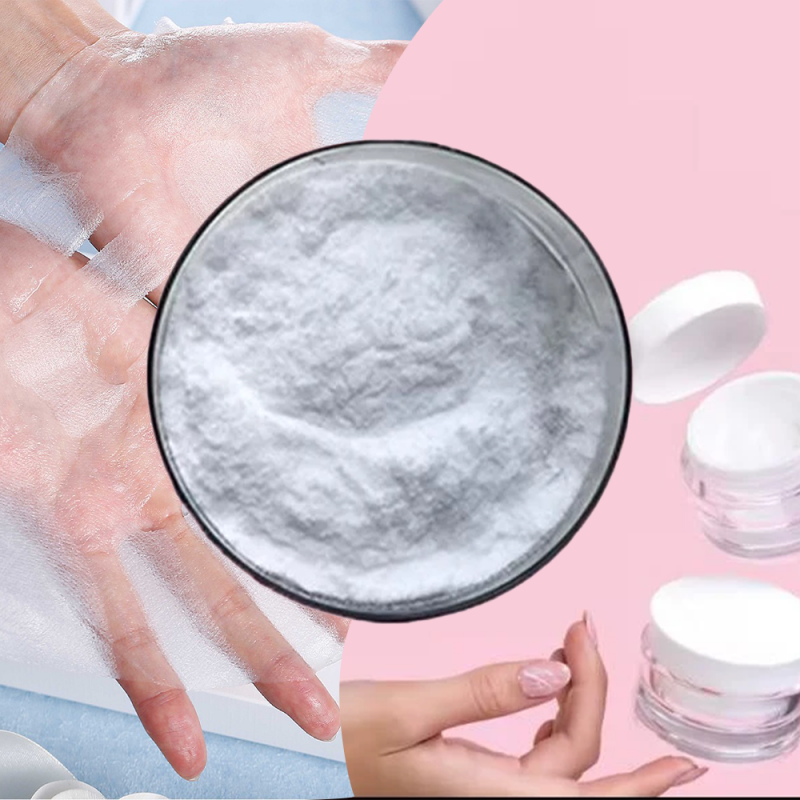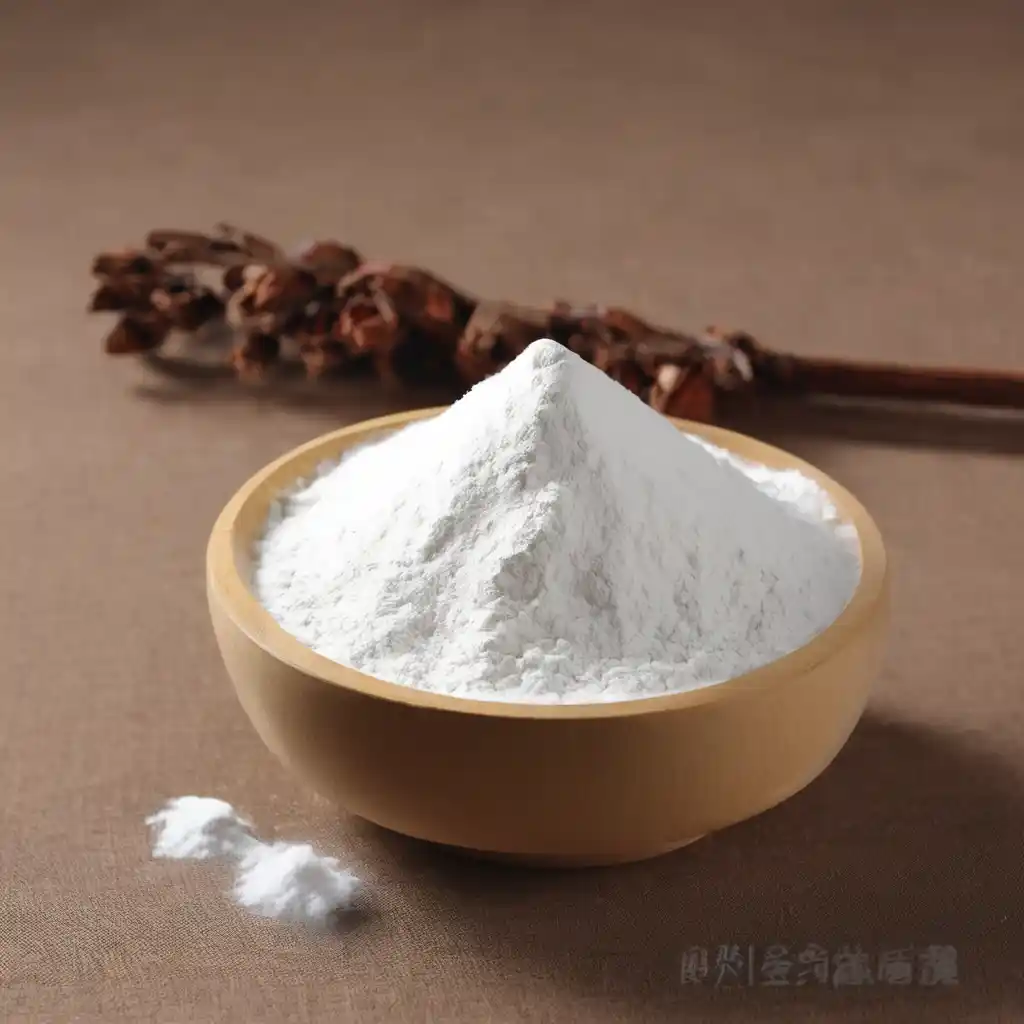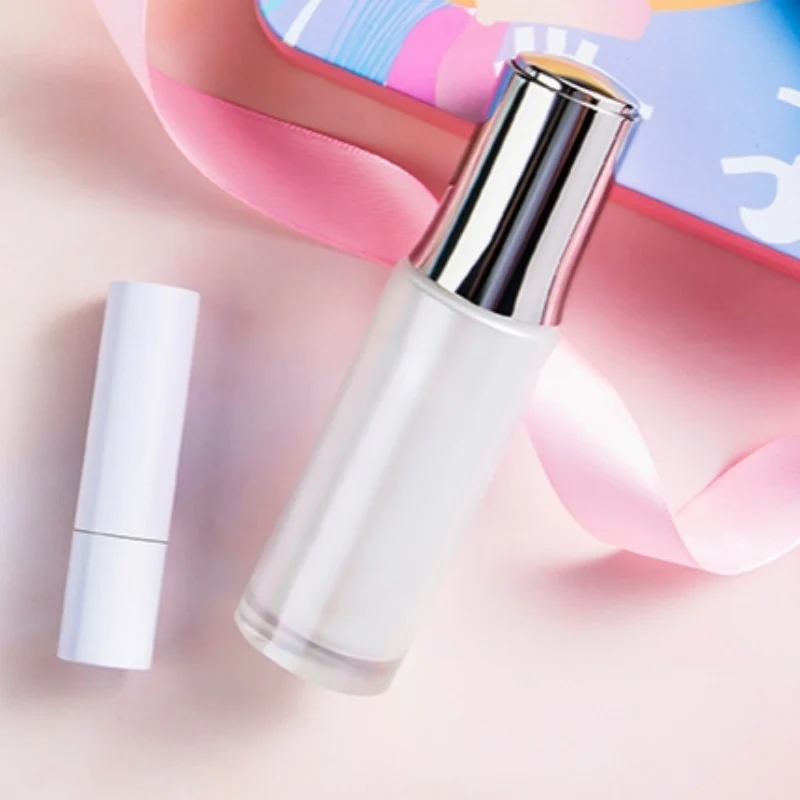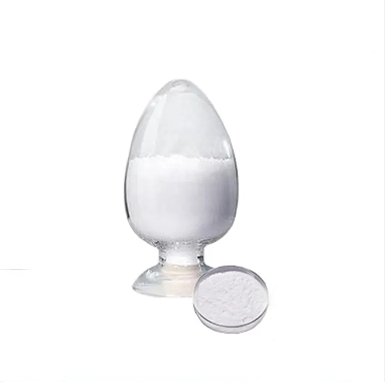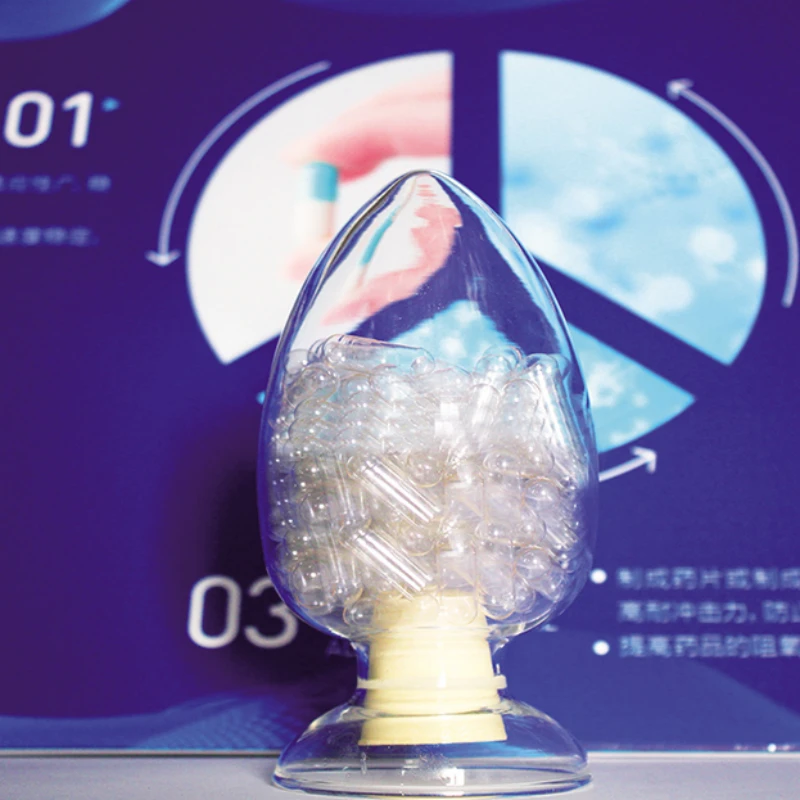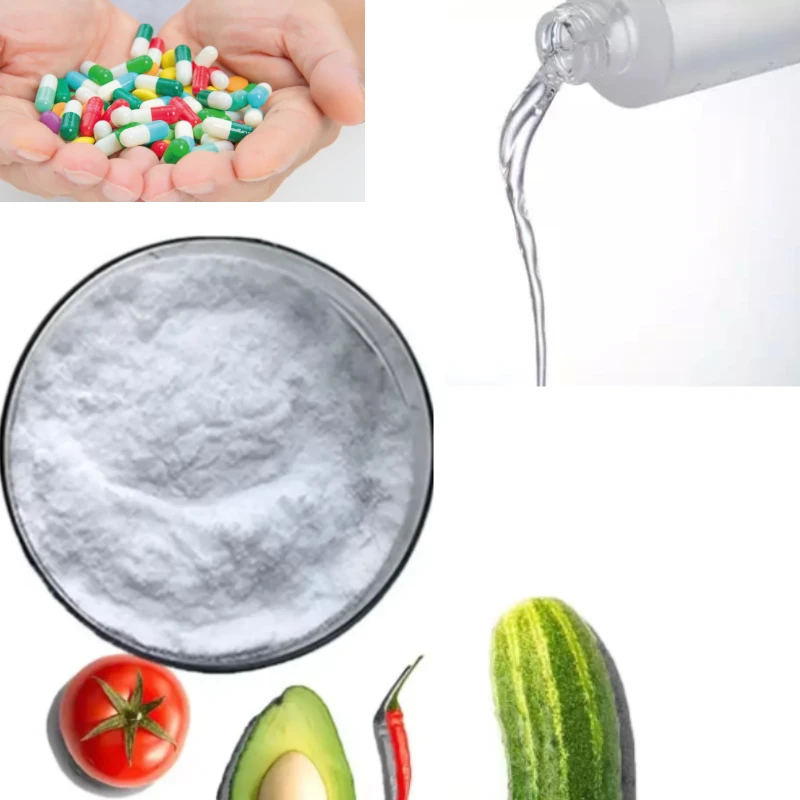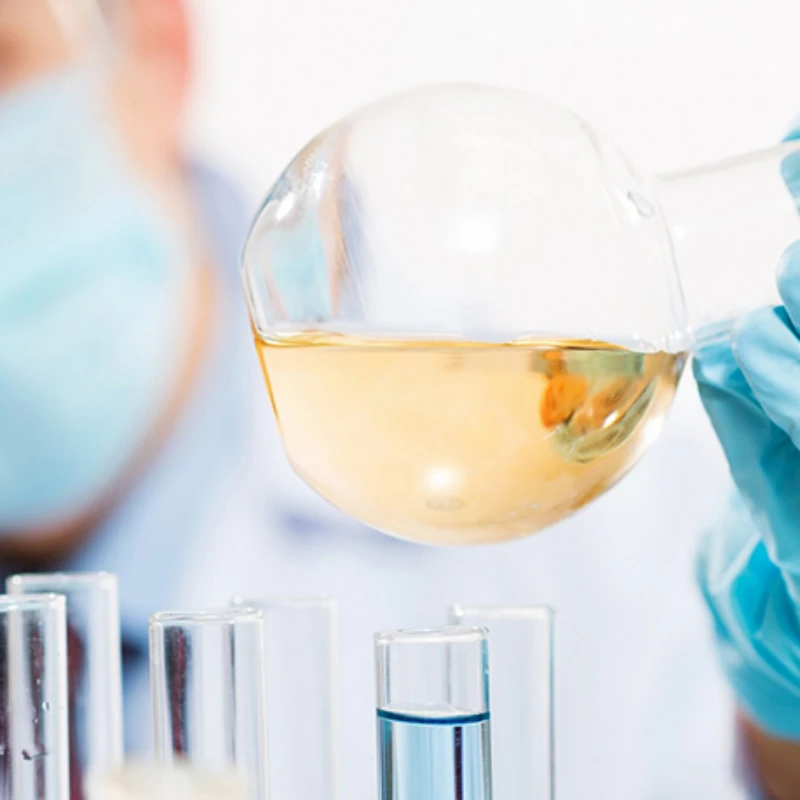1. Dissolution method before use, dissolve the solid particles into an aqueous solution with a concentration of 1 ‰ - 5 ‰ in order to give full play to their effectiveness quickly. When adding drugs, the gradual domestic drug method shall be adopted, which shall be slowly put into water, so that they can be evenly dispersed and dissolved in water
617946.webp)
2. The solution is usually added with an aqueous solution of about 0.5 ‰ - 1 ‰. However, in the case of high concentration and high viscosity of the suspension, it is recommended to further dilute the aqueous solution to 0.1 ‰, which will be easy to mix and give full play to the effect
3. The molecular weight of cation is lower than that of anion, so the viscosity is weaker than that of anion. Therefore, the concentration standard of cation and non-ion ratio is slightly higher than that of anion. (depending on the situation, the concentration can also be adjusted appropriately according to the water concentration. The concentration can be increased appropriately for high turbidity and low turbidity). The recommended concentration is 5 ‰ - 1%
matters needing attention:
1. The preparation of polyacrylamide aqueous solution shall be carried out in enamel, galvanized, aluminum or plastic barrels, and shall not be prepared and stored in iron containers
2. When dissolving, pay attention to evenly and slowly adding the product into the dissolver with stirring and heating measures, avoid solid deposition, prepare the solution at appropriate temperature, and avoid excessive mechanical shear for a long time. It is recommended that the agitator should be 60-200 rpm, otherwise it will lead to polymer degradation and affect the use effect
3. Polyacrylamide aqueous solution shall be used and prepared now. When the solution is placed for a long time, its performance will gradually decrease depending on the water quality
4. After adding flocculant aqueous solution to the suspension, if it is stirred violently for a long time, the formed flocs will be destroyed. Application field, purpose, polymer type, specification, dosage and ratio concentration. Aluminum smelting in furnace, aluminum sulfate circulating water, In the production process, remove 5 / 10 million of impurity anions, clarify and remove 8-12 million / 1 of calcium and magnesium anions with 3-5 g of brine per ton, produce 15-18 million / 3 of viscosity anions that increase bentonite with 1-2 g of bentonite per ton, use 2-3 g of concrete water reducer anions with 5-8 million / 1.2% and 1.2kg of polyacrylamide per ton
Application scope: (PAM has strong applicability) 1. It is used as retention aid and reinforcing agent in papermaking process. 2. It is used as coagulant aid, flocculant and sludge dehydrating agent in water treatment. 3. It is used as precipitation agent and oil displacement agent in oil drilling and production. 4. PAM is also widely used in thickening, stabilizing colloid, drag reduction, bonding, film-forming, biomedical materials, etc1. Dissolution method before use, dissolve the solid particles into an aqueous solution with a concentration of 1 ‰ - 5 ‰ in order to give full play to their effectiveness quickly. When adding drugs, the gradual domestic drug method shall be adopted, which shall be slowly put into water, so that they can be evenly dispersed and dissolved in water
2. The solution is usually added with an aqueous solution of about 0.5 ‰ - 1 ‰. However, in the case of high concentration and high viscosity of the suspension, it is recommended to further dilute the aqueous solution to 0.1 ‰, which will be easy to mix and give full play to the effect
3. The molecular weight of cation is lower than that of anion, so the viscosity is weaker than that of anion. Therefore, the concentration standard of cation and non-ion ratio is slightly higher than that of anion. (depending on the situation, the concentration can also be adjusted appropriately according to the water concentration. The concentration can be increased appropriately for high turbidity and low turbidity). The recommended concentration is 5 ‰ - 1%
matters needing attention:
1. The preparation of polyacrylamide aqueous solution shall be carried out in enamel, galvanized, aluminum or plastic barrels, and shall not be prepared and stored in iron containers
2. When dissolving, pay attention to evenly and slowly adding the product into the dissolver with stirring and heating measures, avoid solid deposition, prepare the solution at appropriate temperature, and avoid excessive mechanical shear for a long time. It is recommended that the agitator should be 60-200 rpm, otherwise it will lead to polymer degradation and affect the use effect
3. Polyacrylamide aqueous solution shall be used and prepared now. When the solution is placed for a long time, its performance will gradually decrease depending on the water quality
4. After adding flocculant aqueous solution to the suspension, if it is stirred violently for a long time, the formed flocs will be destroyed. Application field, purpose, polymer type, specification, dosage and ratio concentration. Aluminum smelting in furnace, aluminum sulfate circulating water, In the production process, remove 5 / 10 million of impurity anions, clarify and remove 8-12 million / 1 of calcium and magnesium anions with 3-5 g of brine per ton, produce 15-18 million / 3 of viscosity anions that increase bentonite with 1-2 g of bentonite per ton, use 2-3 g of concrete water reducer anions with 5-8 million / 1.2% and 1.2kg of polyacrylamide per ton
Application scope: (PAM has strong applicability) 1. It is used as retention aid and reinforcing agent in papermaking process. 2. It is used as coagulant aid, flocculant and sludge dehydrating agent in water treatment. 3. It is used as precipitation agent and oil displacement agent in oil drilling and production. 4. PAM is also widely used in thickening, stabilizing colloid, drag reduction, bonding, film-forming, biomedical materials, etc
153.webp)
